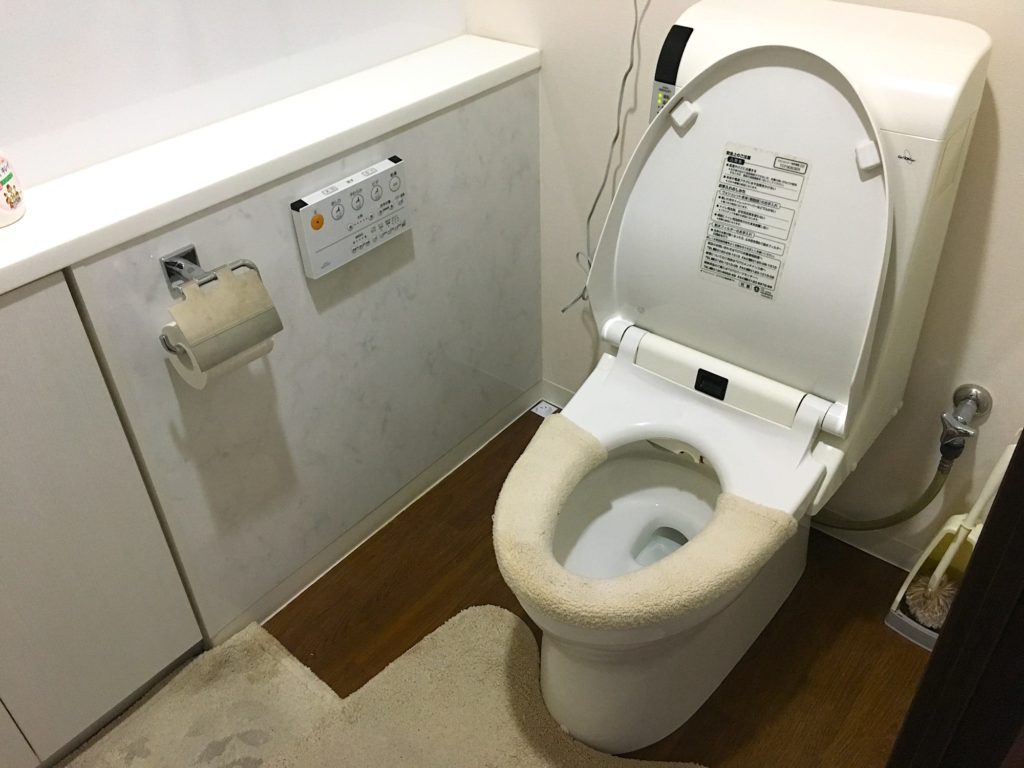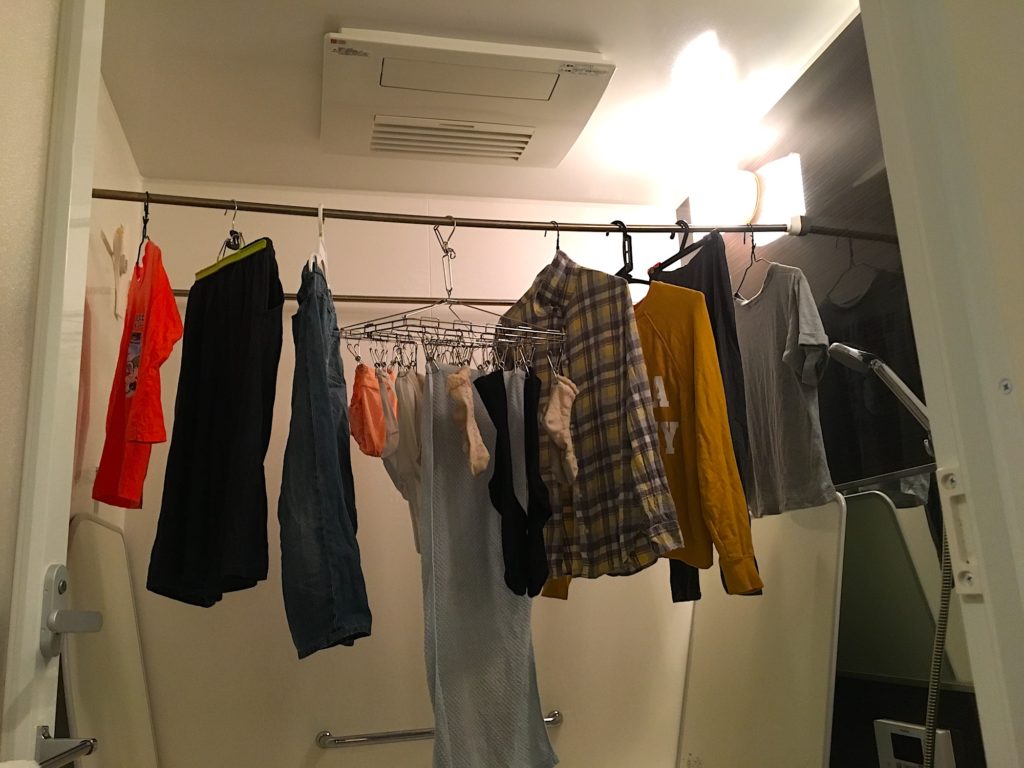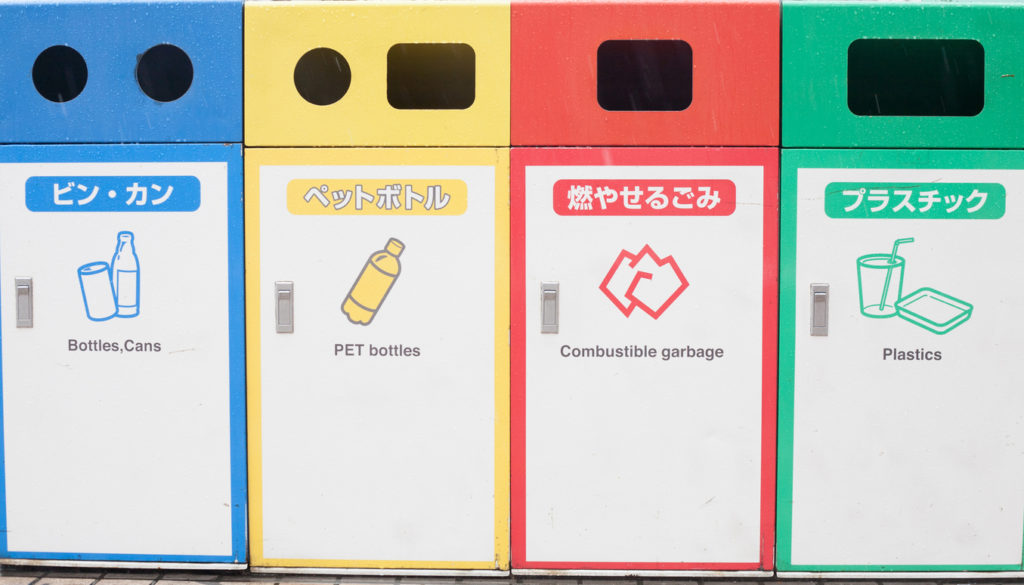10 Everyday Tips To Cut Greenhouse Gas Emissions In Japan
Saving the planet is everyone's job
Climate change is causing increased extreme weather and human loss worldwide, but many world leaders are doing little, or nothing, to stop it. So it's up to us to instigate change by cutting our own greenhouse gas emissions as soon as possible and as much as possible. Here are a few simple things you can do in your everyday Japan life.
Although we tend to picture big industries as our largest polluters, the truth is that in Tokyo only, the residential sector was the second-highest carbon-emitting sector in fiscal 2014, standing at 32%, just behind the commercial division at 36%. Both of those sectors are in an increasing trend, as the latest data on greenhouse gas (GHG) emissions from the Tokyo Metropolitan Government’s Bureau of Environment shows.
In the outcome of the devastating March 11, 2011 earthquake and tsunami, Tokyoites were able to demonstrate how a conscious shift in their habits can make an impact — electricity demand in the region dropped significantly after damage to nuclear power plants in Fukushima following the quake led to calls for broad-based energy conservation. But now, almost seven years later, many of us are back to where we were before. It’s time to get more cautious and start doing more. Here are ten simple tips you can immediately incorporate into your daily life and help make a change.

1. Stick To Cool Biz, Warm Biz
Since 2005, Japan’s environment ministry has been running its annual Cool Biz campaign, asking people to aim for a summertime room temperature of 28 degrees Celsius, while its winter Warm Biz approach calls for offices and homes to target 20 degrees. The campaign further advises practicing kazoku danran, or family members spending time together. If the family is all in the same room, you only have to heat (or cool) one place. Two birds with one stone!
2. Turn off your toilet seat heater

The heated toilet seat is probably our favorite modern Japanese gadget, but as much as we love it, overusing it is not good for the environment. You can avoid a cold-seat shock by instead using a cloth toilet seat cover, which you can buy in all department stores and even 100-yen stores across the country.
It’s up to us to instigate change by cutting our own greenhouse gas emissions as soon as possible and as much as possible.
3. Use floor heating wisely
Many modern Japanese homes have their living and dining room floors heated by water running through pipes underneath the floorboards, known in Japan as yuka danbo. Since this system’s biggest cost is the initial heating of that water, to save electricity don’t turn it off if you’re only nipping out of the house briefly. The floor will remain warm for about an hour after being turned off, so hit the switch earlier at the end of the day. Heating either just the dining or living area may be enough to warm the entire home.
4. Heat the bathroom naturally

Another common gadget in modern homes here is the bathroom heating unit, which looks like an air conditioning unit fixed to the ceiling above the bath. These energy suckers are convenient, but not necessary. To warm the room before you bathe, leave the bath lid open when you run the water. The steam from the bath will warm the room.
To dry laundry in the bathroom on a rainy day, hang the clothes and leave your bathroom doors open so that they room-dry for most of the day. If any clothes are then still damp, use a short burst of the heating function – perhaps 20 minutes – to finish them off. Better still, leave them to dry naturally overnight!
5. Use Sudare sunshade to cool off in summer

Keep your home cool in the summer by using a sudare sunshade to cut the amount of sunlight that enters your home. Sudare are usually made from bamboo or reed, thereby allowing air to pass through. For big balcony windows try a yoshizu. These are about two meters tall and can simply be set on the balcony floor and rested at an angle against the wall above your window.
6. Limit your AC use
As well as high energy consumption, air conditioning brings with it the problem of hydrofluorocarbons (HFC), which are another bad greenhouse gas. Measured together with three other such gases, Tokyo produced more of these in fiscal 2014 than the whole nation did: 5.9% versus 3.1%. Almost all of Tokyo’s HFC output – 92% – was coolant emissions from the use or disposal of freezers and air conditioners, and from their manufacture.
In Tokyo, the residential sector was the second-highest carbon-emitting sector in fiscal 2014.
It’s a considerable energy saver if you can cool your home sufficiently in the summer by instead opening all your windows and using an electric fan. You can reduce your aircon needs by using it in conjunction with a fan or air circulator. Optimize your AC use by angling a cooling breeze upward or flat, and a warm one downward. Clean these filters often too, especially at the end of a season.
7. Break your taxi habit
Of carbon dioxide emissions in the Tokyo transportation sector, road transportation took up a whopping 88% of output, compared to just 10% for railways. If you are a regular taxi taker in this haven of reliable public transport that we call Tokyo, then it’s time to break your habit. Set your alarm clock ten minutes earlier, be thankful for the health benefits that walking or cycling to the bus, train, or office will give you, and redirect that taxi money into a little self-reward fund.

8. Nix the packaging
Choose products with little or no packaging. Shift from single-serve packed items, like tea bags, to bulk supply: buy a tea strainer and use leaf tea instead, for example. Depending on the product and vendor, you can even remove the need for packaging by taking your own storage container to the shop with you and getting your tea leaves, coffee beans or tofu placed straight into it. Carry your own eco bag and refuse plastic bags for that gum you buy even if the clerk insists on giving you one.
9. Buy less stuff
There is no downside to buying less stuff – less clutter for you, less waste for the planet and more yen in your pocket. Take care of the things you already own. Carry out regular maintenance of machines and cleaning of shoes and seasonal equipment and try repairing your things instead of throwing them away.
10. Reuse and recycle

Reusing items significantly lowers your carbon footprint because it takes far less energy to recycle them than to produce goods from scratch. Reusing them removes the need to buy new stuff to do the same job. Use plastic supermarket containers to organize the contents of your refrigerator, to hold recipe ingredients or serve snacks to kids, and reuse bread bags for stinky kitchen waste. Old fabric is great for arts and crafts or for making cleaning clothes, which is also a great project for teaching kids how to sew. For information on where to donate your unwanted clothes in Tokyo, see here. For a list of vintage clothing stores, see here and on second-hand home interior goods, here.
For us ladies, it’s also high time that menstrual products went sustainable, too. In addition to cloth napkins and mooncups, companies like Thinx and Dear Kate have created underwear that looks and feels like the regular stuff but can absorb up to two tampons’ worth of menstrual blood. If you think of all the waste we produce every month by using pads and tampons, occasionally switching to those revolutionary goods can help us contribute to a solid waste reduction.
To borrow the words of Conserve Energy Future, a well-versed website focusing on ways to reduce carbon footprints, “Done correctly, the reduction of carbon footprints is going to change lives.” If each of us changes our daily habits toward ones that lower our greenhouse gas emissions, it will have a great and continued effect that will push businesses and nations in the right direction. It all starts with you.
What steps do you take to reduce your energy and waste emissions?















Leave a Reply